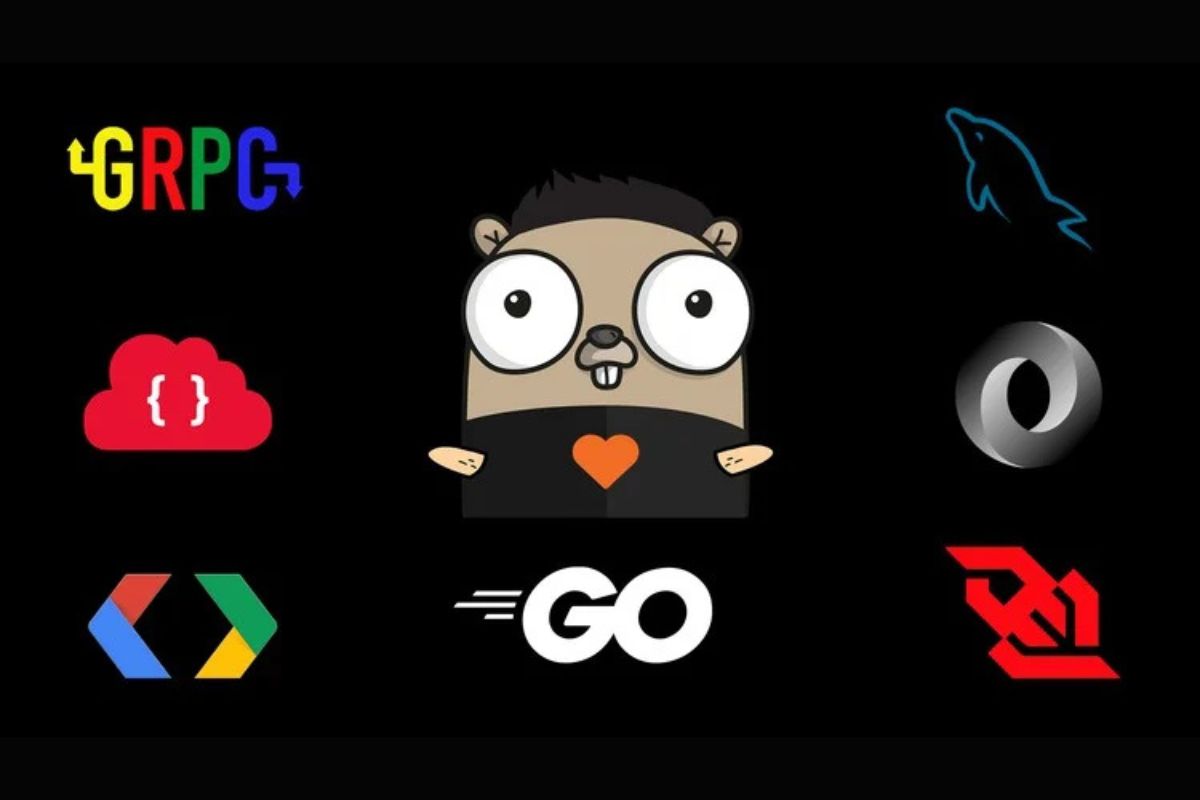
Golang, also known as Go, is an open-source programming language created by Google. It is designed for simplicity, efficiency, and scalability, making it a popular choice for modern software development. In full stack development, where both the front-end and back-end of applications are built, Golang plays a significant role. Its robust features, performance, and developer-friendly tools make it an excellent choice for building scalable, reliable, and efficient web applications.
This article explores the role of Golang in full stack development, highlighting its features, benefits, and use cases.
What is Golang?
Golang was introduced in 2009 by Google to address challenges in software development, such as complexity and scalability. It is a statically typed, compiled language that combines the efficiency of low-level programming languages with the ease of use found in higher-level languages.
Key Features of Golang:
- Concurrency Support: Golang provides goroutines, lightweight threads, and channels for efficient concurrent programming.
- Fast Compilation: Golang compiles quickly into machine code, making it ideal for large-scale applications.
- Garbage Collection: Automatic memory management simplifies development and ensures better performance.
- Standard Library: Its rich standard library includes pre-built packages for web development, testing, and more.
- Cross-Platform Compatibility: Golang supports multiple operating systems, making it versatile for various environments.
Role of Golang in Full Stack Development
1. Efficient Back-End Development
Golang excels in building robust back-end systems. Its simplicity and speed make it suitable for creating scalable APIs, microservices, and real-time applications.
- Microservices Architecture: Golang’s lightweight nature makes it ideal for microservices, allowing developers to create modular and scalable applications.
- Web Frameworks: Frameworks like Gin, Echo, and Fiber simplify the development of RESTful APIs and back-end logic.
- Real-Time Applications: Features like WebSockets in Golang enable the development of real-time applications such as chat systems and live updates.
2. Support for Front-End Integration
While Golang is primarily a back-end language, it seamlessly integrates with front-end technologies.
- API Development: Golang can serve as the back-end, providing APIs for front-end frameworks like React, Angular, and Vue.js.
- Template Engines: Tools like HTML/template in Golang allow developers to create server-rendered web pages efficiently.
3. Concurrency for High Performance
Concurrency is crucial in full stack development, especially for handling multiple requests simultaneously. Golang’s goroutines and channels provide an efficient way to implement concurrency, ensuring applications can scale without compromising performance.
4. Security and Reliability
Security is a priority in full stack applications. Golang includes robust security features to prevent vulnerabilities, such as:
- Strong typing to reduce runtime errors.
- Built-in features to handle input validation and encryption.
- Libraries for secure communication protocols like HTTPS and WebSockets.
Benefits of Using Golang in Full Stack Development
1. Scalability
Golang’s efficient memory usage, garbage collection, and concurrency model make it perfect for building applications that can handle increasing user demands.
2. High Performance
Compiled directly into machine code, Golang applications are faster than those written in interpreted languages like Python or JavaScript.
3. Developer Productivity
- Easy-to-read syntax reduces the learning curve.
- A robust standard library minimizes dependency on third-party tools.
- Built-in tools like go fmt (for formatting code) and go test (for unit testing) improve workflow.
4. Cross-Platform Development
Golang enables developers to build applications for multiple platforms, including Windows, macOS, and Linux, using a single codebase.
5. Strong Community Support
As an open-source language backed by Google, Golang has a thriving community that provides extensive libraries, tools, and frameworks.
Read Also : 8 Resources to Learn Full Stack Development with Golang
Use Cases of Golang in Full Stack Development
1. E-commerce Platforms
Golang’s ability to handle high concurrency makes it ideal for e-commerce applications that require fast responses and scalability.
2. Real-Time Applications
Golang is used to develop chat systems, gaming platforms, and real-time dashboards due to its concurrency and WebSocket support.
3. Content Management Systems
Developers can build efficient and secure CMS solutions using Golang’s rich libraries and tools.
4. Cloud-Native Applications
Golang’s performance and compatibility with containerization tools like Docker make it a popular choice for cloud-native apps.
Popular Tools and Frameworks in Golang for Full Stack Development
- Gin: A high-performance web framework for building APIs and web applications.
- Echo: A minimalist framework focused on performance and simplicity.
- Fiber: Built on top of Fasthttp, it offers lightning-fast performance for web applications.
- GORM: An ORM library for interacting with databases.
- Go Templates: For server-side rendering of web pages.
Challenges of Using Golang in Full Stack Development
1. Limited Front-End Capabilities
Golang is primarily a back-end language, and its direct support for front-end development is limited. Developers often rely on front-end frameworks or tools for the client side.
2. Learning Curve for Complex Features
Although its syntax is simple, mastering advanced features like concurrency and goroutines can be challenging for beginners.
3. Fewer Libraries Compared to Other Languages
While Golang’s standard library is robust, its ecosystem is not as extensive as older languages like Java or Python.
Future of Golang in Full Stack Development
In 2025 and beyond, Golang’s role in full stack development is expected to grow as more developers embrace its speed, simplicity, and scalability. With advancements in tooling, frameworks, and community contributions, Golang will continue to power modern web applications and cloud-based solutions.
Emerging trends such as serverless architecture, edge computing, and AI integration will further highlight Golang’s strengths in building high-performance applications.
Conclusion
Golang has cemented its position as a powerful tool for full stack development. Its performance, concurrency support, and simplicity make it an excellent choice for building modern web applications. While it primarily shines in back-end development, its seamless integration with front-end technologies ensures a smooth development experience.
As the demand for scalable, secure, and efficient applications increases, Golang’s role in full stack development will only become more prominent. Whether you’re building APIs, microservices, or real-time applications, Golang provides the tools and performance needed to succeed in the competitive world of software development.





Leave a Reply